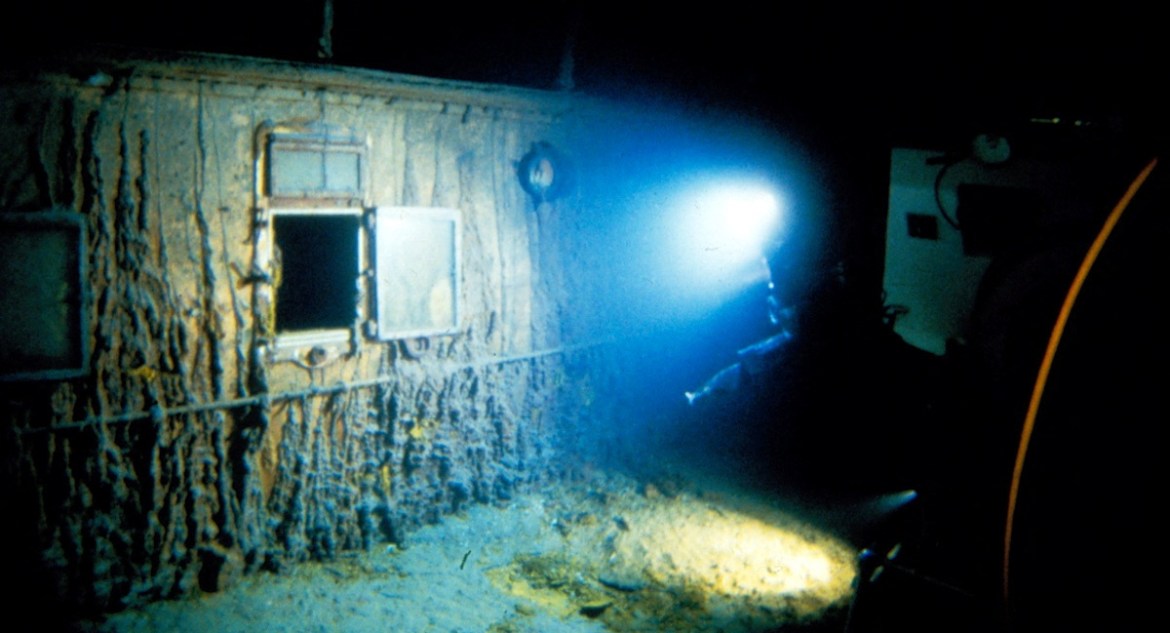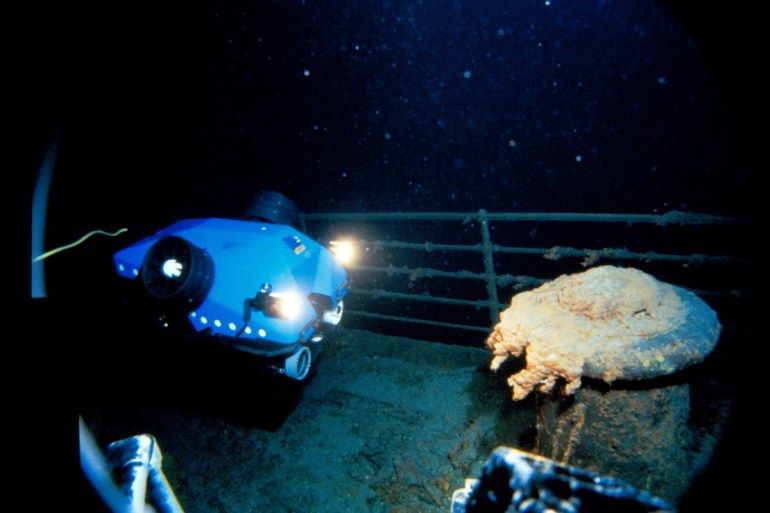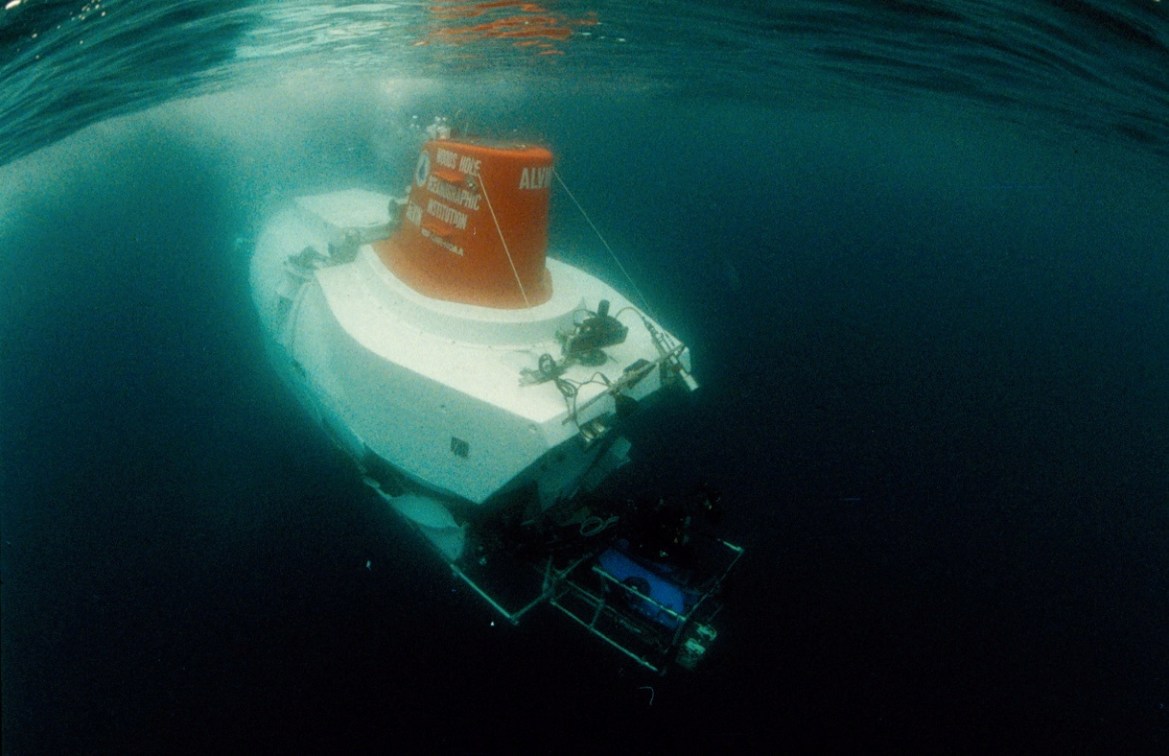Newly released footage shows wreckage of the ‘unsinkable’ Titanic
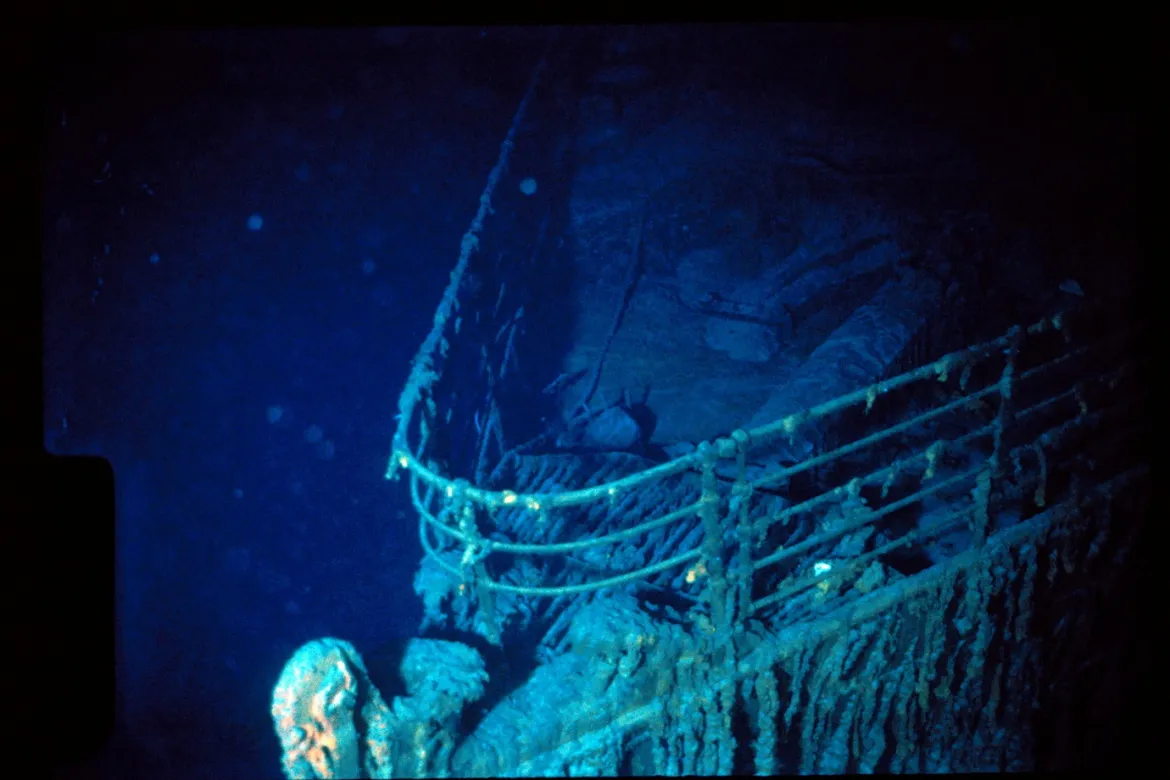
Timed to the 25th anniversary of the film Titanic, the release offers a look at one of the earliest dives to the wreck.

Published On 16 Feb 2023
Out of the gloom of the ocean depths, it suddenly appeared before the oceanographers: an expanse of steel dotted with rivets and portholes, forming the remains of the infamous “unsinkable” ocean liner, the Titanic.
On Wednesday, video of one of the earliest visits to the Titanic’s deep-sea wreckage was released to the public on YouTube, offering 80 minutes of uncut footage showing the ship as explorers would have seen it in 1986.
The RMS Titanic was on its maiden voyage from Southhampton in the United Kingdom on April 15, 1912, when it struck an iceberg on the way to New York City in the United States. The collision would be fatal.
The largest ocean liner of its time, the Titanic was considered to be a state-of-the-art ship, with watertight compartments that could be sealed if disaster struck. This and other innovations led its parent company to insist the ship “will not go down”, even after its employees lost contact with the damaged ocean liner.
Of the more than 2,200 people who boarded the Titanic, an estimated 1,500 died as the ship sank into the Atlantic Ocean. Wednesday’s footage was published in conjunction with the 25th anniversary re-release of the 1997 film Titanic, which dramatised the final moments of those on board.
The movie won 11 Academy Awards, including for best picture, and helped propel actors Kate Winslet and Leonardo DiCaprio to stardom.
For decades, the remnants of the Titanic remained lost, hidden below fathoms of icy ocean water. But on September 1, 1985, a team from the Woods Hole Oceanographic Institution (WHOI) and the French National Institute of Oceanography discovered the ship’s wreckage off the coast of Newfoundland in Canada. Its bow split from its stern, the Titanic was buried 3,780 metres (12,400 feet) below the water’s surface.
The team returned in July 1986 to make 11 more dives, using a submersible that could carry human passengers plus a small remote vessel that could be used to navigate smaller spaces. Both vessels used cameras to film the discovery.
In an interview with the Associated Press news agency on Wednesday, Robert Ballard — one of the leaders behind the joint expedition that finally found the Titanic — recalled sitting in a three-person submersible named Alvin, seeing the giant ship with his own eyes.
Faced with a wall of portholes and items that belonged to the passengers — including a set of shoes that made him think of a mother and child — Ballard felt the weight of the tragedy that unfolded there. He and his crew even held a “small memorial service” at one point for the dead.
“It was like people looking back at us. It was pretty haunting actually,” Ballard said.
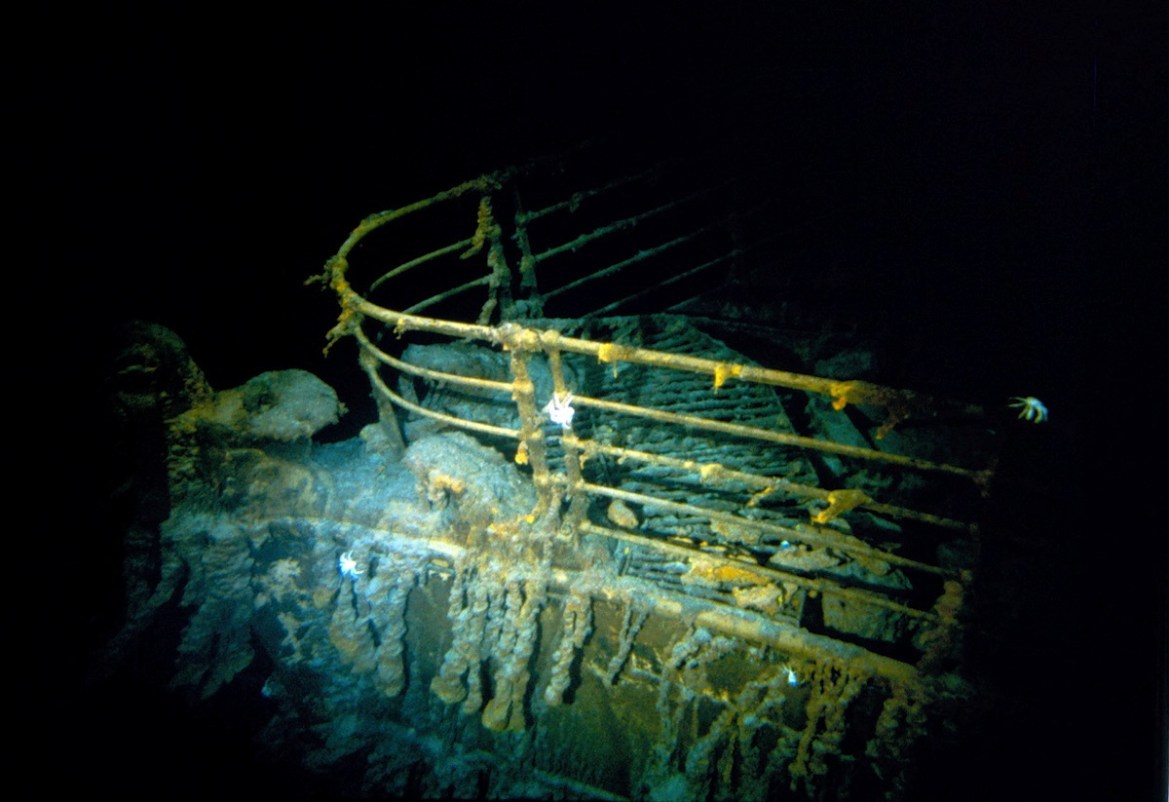
Oceanographic Institution/Handout via Reuters]
